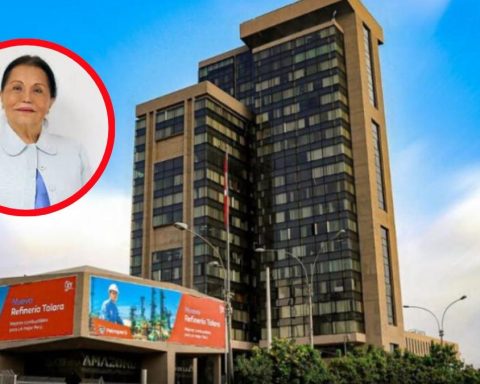Two people dead and 92 injured is the preliminary balance of the earthquake of magnitude 7.4 on the Richter scale that occurred last night in northeastern Japan, the authorities of the Asian country reported today.
At the head of the newly installed crisis management center, Prime Minister Fumio Kishida told the press that officials from his government are in charge of collecting relevant information and helping the victims.
Local fire departments reported injuries in Miyagi, Fukushima, Kanagawa, Ibaraki, Iwate, Akita, Tochigi and Yamagata prefectures.
Also in the capital, Tokyo, the telluric movement was noticeable for a few minutes, but without major consequences other than the power cuts in the Ginza district and the temporary suspension of train service.
Most of the more than 2.2 million Japanese households affected by the blackouts now have service again, according to power companies Tepco Power Grid and Tohoku Electric Power Network.
The Japan Meteorological Agency today withdrew the tsunami alert in the coastal area of Miyagi and Fukushima, but warned of the possibility of other similar earthquakes in the coming days, in the same geographical area.
Japan’s chief of staff, Hirokazu Matsuno, reported the day before that there were no abnormalities in the reactors of the Onagawa and Fukushima nuclear power plants, despite the activation of a fire alarm at the second facility.
The first official reports indicated that the epicenter of the earthquake was located 57.1 kilometers west-southwest of Namie, in Fukushima prefecture, and 74.5 kilometers west-northwest of Watari, in Miyagi prefecture.
As part of the serious alterations to rail transport, the operating company JR East reported the derailment of a bullet train (Shinkansen) with a hundred passengers on board, between Fukushima and Shiroishizao stations, without serious injuries.
Residents of northeastern Japan face this new tectonic shock when just six days ago they commemorated the 11th anniversary of the worst natural catastrophe in Japanese history, the 9.1 earthquake on the magnitude scale of the moment that brought a powerful tsunami with waves up to 40 meters.
Some 38,000 people are still displaced by the tsunami that, in 2011, devastated coastal cities and caused the collapse of the Fukushima plant.














